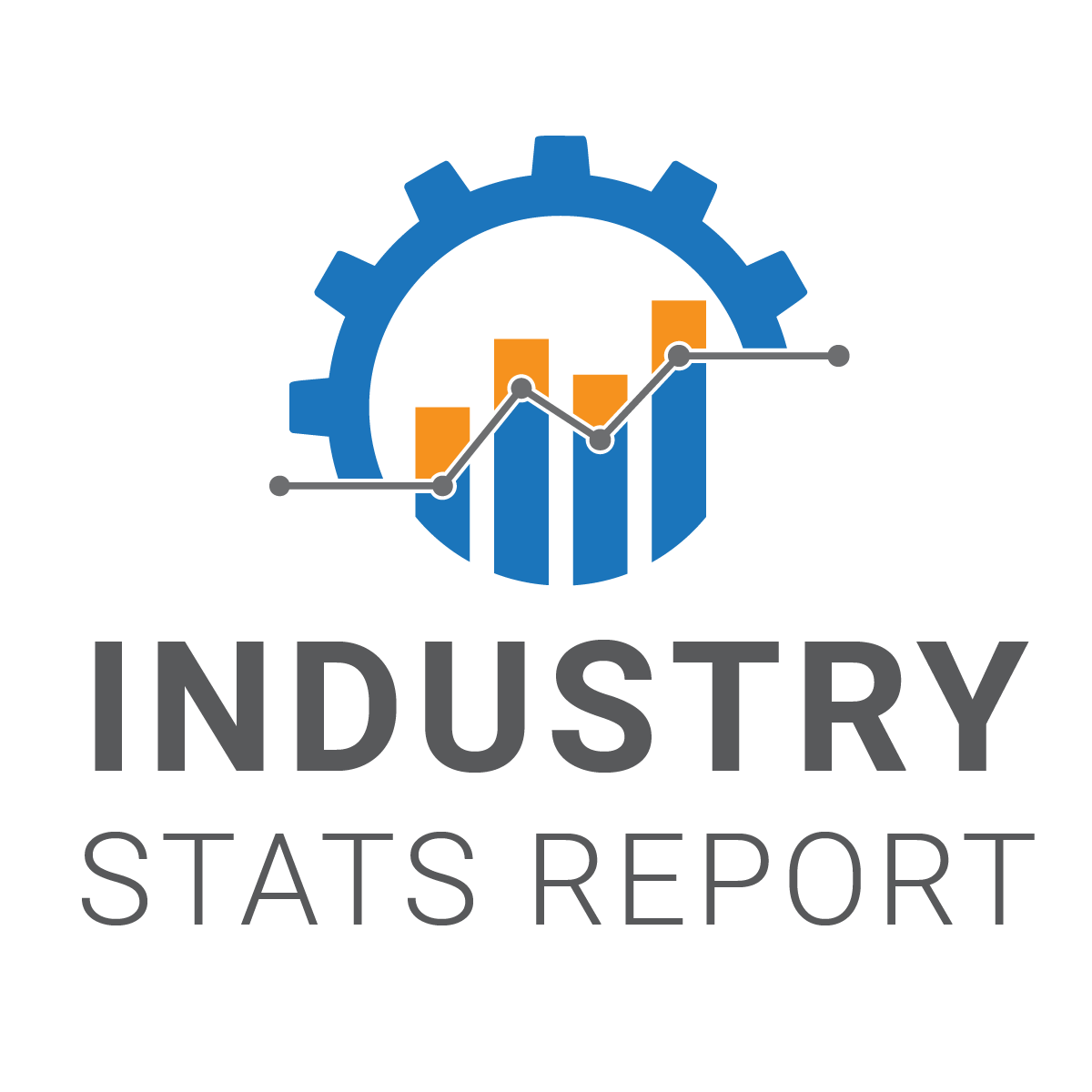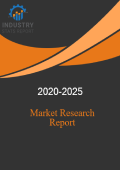Electronic Component Market is valued at USD 353.54 Billion in 2018 and expected to reach USD 568.63 Billion by 2025 with the CAGR of 8.56% over the forecast period.
Increase in global demand for smartphones and other portable devices along with rise in adoption of the Internet of Things (IoT) are the major factors stimulating the growth of the global Electronic Component market. The report contains a comprehensive Market analysis and vendor landscape in addition to a SWOT analysis of the key vendors.
Scope Of The Report:
Electrical components that are packaged in a discrete form with two or more wire leads or metal studs are called electronic components. The electrical components are connected to the printed circuit board by soldering, thus creating an electronic circuit board having functions such as an amplifier, a radio receiver or an oscillator. Electronic components are industrial products used to influence electronics in electronic systems. These electronic components are divided into different types of active components, passive components and electromechanical components. Active components are components that generate energy in the form of current or voltage, while passive components are components that store energy in the form of current or voltage. Active electronic components include semiconductor devices, display devices and the like. Various semiconductor devices including diodes, transistors, integrated circuits and optoelectronic components The continuing trend of automation in the automotive industry has increased the demand for various electronic devices, such as driver assistance systems, DC / AC converters, controllers and power integration devices, telematics and global positioning systems (GPS).
Global Electronic Component market is segmented on the basis of product type, end user and region. On the basis of product type, the market is segmented into vacuum tubes, display devices, semiconductor devices and others. Based on end user, the market is segmented into aerospace & defense, consumer electronics, manufacturing, networking & telecommunication, automotive, healthcare and others.
Global Electronic Component Market Dynamics
The significant factor that is going to boost the growth of the Electronic Component market are the global demand for smartphones and other portable devices in the ICT market, and the rapid growth of smart cars, industrial machinery and infrastructure. Additionally, the Internet of Things (IoT) is expected to add tens of billions of new nodes or units to the Internet. The new department will include sensors, data storage devices, computers and related infrastructure. The Internet of Things will allow them to interact with each other and integrate into software systems and networks. As per statistics during the forecast period of 2017 to 2022, global spending on IoT will maintain a double-digit annual growth rate and exceed the $ 1 trillion mark in 2022 compared to $745 billion in 2019. However, managing the cost of raw materials remains an absolute priority for manufacturers, and they are still wondering how to deal with these price fluctuations, which is going to restrain the growth in global electronic component market. Opportunities exist due to Use of networked technology for remote patient monitoring and demand for advanced medical equipment is which is expected to drive growth during the forecast period.
Key Players of Microalgae Market
Fairchild Semiconductor International, Inc., Everlight Electronics Co., Ltd., Infineon Technologies AG, Analog Devices, Texas Instruments, Inc., Maxim Integrated Products Inc., ST Microelectronics NV Inc., NXP Semiconductors NV, Toshiba Corporation, Vishay Intertechnology, Inc., ON Semiconductor, Diotec Semiconductor AG, Panasonic Corporation, Renesas Electric Corporation
Asia Pacific is expected to Witness a Fastest Growth in the Global Electronic Component Market
North America has been the market leader so far and is expected to remain dominant in future in the global Electronic Component market owing to the huge demand for security systems and business intelligence that has driven the growth of the market for electronic components in this region. Additionally, the growing popularity of renewable energy and micro-electromechanical systems (MEMS) has spurred growth in the region. At the same time, the growing popularity of portable electronic devices will continue to be the main driver of the active electronic components market in North America.
According to a survey in 2017, 88% of American respondents indicated that they use PCs / laptops in a professional or personal way. As per center for climate and energy solutions, solar energy production (including distributed generation) is projected to grow from 11% of total US renewable energy production in 2017 to 48% in 2050, making it the source of energy for growth the fastest, which will increase the demand for electronic components. Growing economies in the Asia-Pacific region, such as India and China, have increased spending on Defense for state-of-the-art warfare systems as well as high-tech missiles which requires electronic components, thereby creating opportunities for market growth in APAC region as well.
Key Benefits for Electronic Components Market Reports
• Global market report covers in-depth historical and forecast analysis.
• Global market research report provides detail information about Market Introduction, Market Summary, Global market Revenue (Revenue USD), Market Drivers, Market Restraints, Market Opportunities, Competitive Analysis, Regional and Country Level.
• Global market report helps to identify opportunities in market place.
• Global market report covers extensive analysis of emerging trends and competitive landscape.
Electronic Components Market Segmentation:
By Type
• Active components
• Passive components
• Electromechanical
By Applications Type
• Automotive
• Communications
• Computing Applications
• Industrial
• Instrumentation
• Lighting
• Medical
• Motor Control
• Security
By Region
• North America
o U.S.
o Canada
o Mexico
• Europe
o UK
o France
o Germany
o Russia
o Rest of Europe
• Asia-Pacific
o China
o South Korea
o India
o Japan
o Rest of Asia-Pacific
• LAMEA
o Latin America
o Middle East
o Africa
Electronic Components Market Key Players:
• ABB
• AEC
• API Technologies
• AVX Corporation
• Eaton
• Datronix Holdings
• Hamlin
• Fujitsu Component
• FCI Electronic Components
• Microsemi
• Jyoti
• Kyocera
• JST Mfg
• Hasco
• Omron
• Nippon Mektron
• Murata
• Molex
• Token
• Taiyo Yuden
• TE Connectivity
• Analog Devices
• Samsung
• Pulse Electronic Components
• Payton Planar Magnetics Ltd.
• Panasonic
• Yazaki
• Walsin
• TDK
• Abracon
• Atmel
• Avago
• Avon Magnetics
• Bourns
• Ceradyne
• CoilCraft
• Cornell Dubilier
• CREE
• DIELECTRIC LABORATORIES
• Diodes Inc
• Other
This comprehensive report will provide:
• Enhance your strategic decision making
• Assist with your research, presentations and business plans
• Show which emerging market opportunities to focus on
• Increase your industry knowledge
• Keep you up-to-date with crucial market developments
• Allow you to develop informed growth strategies
• Build your technical insight
• Illustrate trends to exploit
• Strengthen your analysis of competitors
• Provide risk analysis, helping you avoid the pitfalls other companies could make
• Ultimately, help you to maximize profitability for your company.
Interested in this report?
Get your sample now!
Table of Content
1. Chapter - Report Methodology
1.1. Research Process
1.2. Primary Research
1.3. Secondary Research
1.4. Market Size Estimates
1.5. Data Triangulation
1.6. Forecast Model
1.7. USP’s of Report
1.8. Report Description
2. Chapter – Global Electronic Components Market Overview: Qualitative Analysis
2.1. Market Introduction
2.2. Executive Summary
2.3. Global Electronic Components Market Classification
2.4. Market Drivers
2.5. Market Restraints
2.6. Market Opportunity
2.7. Electronic Components Market: Trends
2.8. Porter’s Five Forces Analysis
2.8.1. Bargaining Power of Suppliers
2.8.2. Bargaining Power of Consumers
2.8.3. Threat of New Entrants
2.8.4. Threat of Substitute Product and Services
2.8.5. Competitive Rivalry within the Industry
2.9. Market Attractiveness Analysis
2.9.1. Market Attractiveness Analysis by Segmentation
2.9.2. Market Attractiveness Analysis by Region
3. Chapter - Global Electronic Components Market Overview: Quantitative Analysis
3.1. Global Electronic Components Market Revenue (USD Million), Market Share (%) and Growth Rate (%), 2021 – 2027
3.2. Global Electronic Components Market Revenue Market Share (%), 2021 – 2027
3.3. Global Electronic Components Market Sales (Number of Units), Market Share (%) and Growth Rate (%), 2021 – 2027
3.4. Global Electronic Components Market Sales Market Share (%), 2021 – 2027
4. Chapter – Global Electronic Components Market Analysis: By Type
5. Chapter – Global Electronic Components Market Analysis: By Applications
6. Chapter – Global Electronic Components Market Analysis: By End-User
7. Chapter - Global Electronic Components Market Analysis: By Manufacturer
7.1. Global Electronic Components Market Revenue (USD Million), by Manufacturer, 2021 – 2027
7.2. Global Electronic Components Market Share (%), by Manufacturer, 2021
7.3. Global Electronic Components Market Sales (Number of Units), by Manufacturer, 2021 – 2027
7.4. Global Electronic Components Market Share (%), by Manufacturer, 2021
7.5. Global Electronic Components Market Price (USD/Unit), by Manufacturer, 2021 – 2027
7.6. Global Electronic Components Market Revenue Growth Rate (%), by Manufacturer, 2021 – 2027
7.7. Merger & Acquisition
7.8. Collaborations and Partnership
7.9. New Product Launch
8. Chapter –Electronic Components Market: Regional Analysis
8.1. North America
8.1.1. North America Electronic Components Market Revenue (USD Million) and Growth Rate (%), 2021 – 2027.
8.1.2. North America Electronic Components Market Revenue (USD Million) By Country, 2021 – 2027.
8.1.3. North America Electronic Components Revenue Market Share (%) By Country, 2021 – 2027.
8.1.4. North America Electronic Components Market Revenue (USD Million) and Growth Rate, By Market Segmentation, 2021 – 2027.
8.1.5. North America Electronic Components Market Revenue (USD Million), Market Share (%) and Growth Rate, By Market Segmentation, 2021 – 2027.
8.1.6. North America Electronic Components Market Sales (Number of Units) and Growth Rate (%), 2021 – 2027.
8.1.7. North America Electronic Components Market Sales (Number of Units) By Country, 2021 – 2027.
8.1.8. North America Electronic Components Sales Market Share (%) By Country, 2021 – 2027.
8.1.9. North America Electronic Components Market Sales (Number of Units) and Growth Rate, By Market Segmentation, 2021 – 2027.
8.1.10. North America Electronic Components Market Sales (Number of Units), Market Share (%) and Growth Rate, By Market Segmentation, 2021 – 2027.
8.2. Europe
8.3. Asia Pacific
8.4. Latin America
8.5. Middle East & Africa
9. Chapter - Company Profiles
9.1. ABB
9.2. Fluke Calibration
9.2.1. Financials
9.2.2. Product portfolio
9.2.3. Electronic Components Market Revenue (USD Million) and Market Share (%), 2021 – 2027
9.2.4. Electronic Components Sales Market Share (%), 2021 – 2027
9.2.5. Business strategy
9.2.6. Recent developments
9.3. ABB
9.4. AEC
9.5. API Technologies
9.6. AVX Corporation
9.7. Eaton
9.8. Datronix Holdings
9.9. Hamlin
9.10. Fujitsu Component
9.11. FCI Electronic Components
9.12. Microsemi
9.13. Jyoti
9.14. Kyocera
9.15. JST Mfg
9.16. Hasco
9.17. Omron
9.18. Nippon Mektron
9.19. Murata
9.20. Molex
9.21. Token
9.22. Taiyo Yuden
9.23. TE Connectivity
9.24. Analog Devices
9.25. Samsung
9.26. Pulse Electronic Components
9.27. Payton Planar Magnetics Ltd.
9.28. Panasonic
9.29. Yazaki
9.30. Walsin
9.31. TDK
9.32. Abracon
9.33. Atmel
9.34. Avago
9.35. Avon Magnetics
9.36. Bourns
9.37. Ceradyne
9.38. CoilCraft
9.39. Cornell Dubilier
9.40. CREE
9.41. DIELECTRIC LABORATORIES
9.42. Diodes Inc
9.43. Others
10. Chapter – Market Research and Findings





